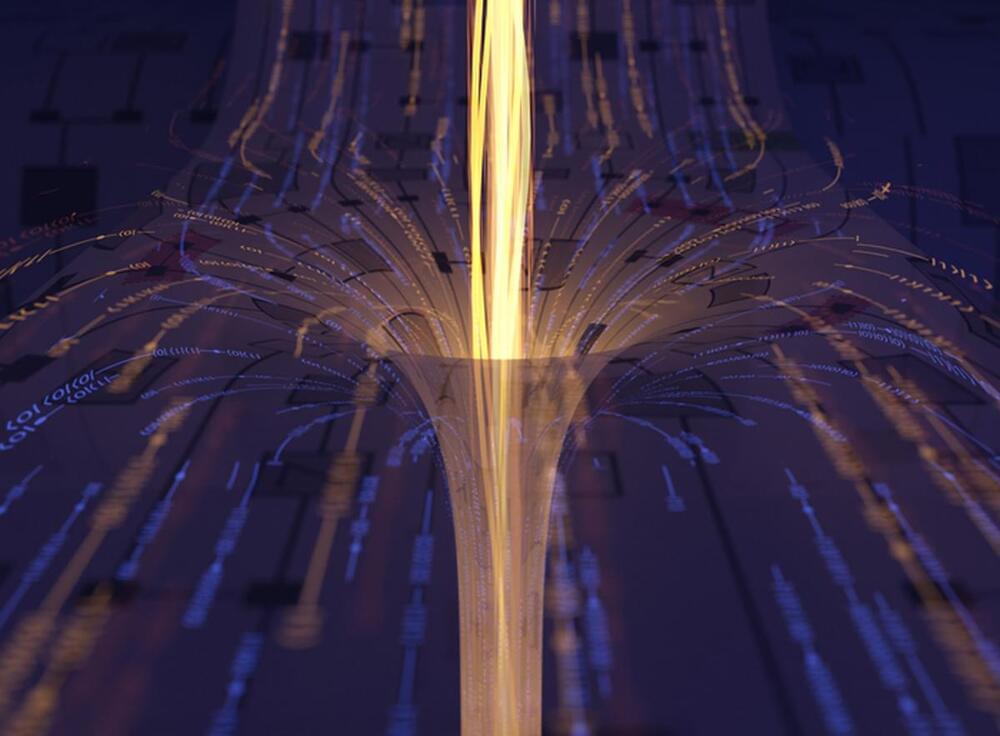
After the successful completion of India’s first space mission, homegrown firms are now looking to set up manufacturing facilities for satellites etc. Homegrown space startups, Pixxel and Dhruva Space, are eyeing new assembly facilities for satellite manufacturing in the country, following successful satellite launch missions on November 26.
Satellite manufacturing is an integral part of India’s plans for the space sector. The government’s liberalized space policy, which is said to be in the final stages of completion, is expected to allow the country’s firms to take a larger share of the global space market. At present, India accounts for only 2% of the global space economy, according to data shared by Jitendra Singh, Minister of State (MoS) for science, technology and earth sciences, in the Lok Sabha in August.
The two companies are also part of a growing crop of homegrown private space startups that are launching the final trial phase of their products and services. On November 18, Hyderabad-based Skyroot Aerospace became India’s first private firm to launch its own rocket. Pixxel and Dhruva’s satellites were successfully deployed in their intended low-earth orbits (LEOs) on November 26. India’s upcoming space policy is expected to invite more participation from such startups, taking some of the load off ISRO and its coffers.


















